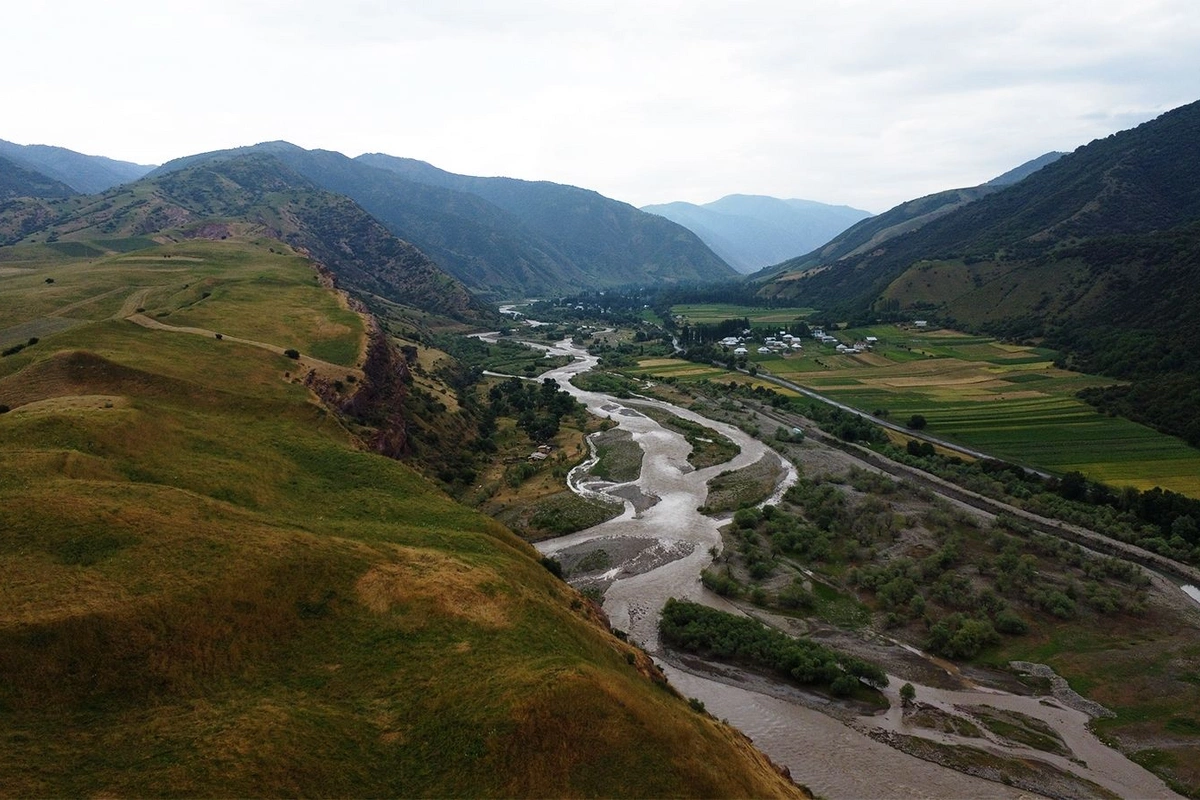
Photo credit: worldbank.org
By prioritizing water security in its development plans, Uzbekistan can create a resilient and fair future that balances economic growth with environmental sustainability.
Uzbekistan aims to become a middle-income economy by 2030. To achieve this, the authoritarian state has launched a series of ambitious economic reform plans, strengthened its relation with the EU, and committed to improving social protection for vulnerable groups, including women, among other initiatives. Alongside these initiatives, Uzbekistan has made significant commitments to climate adaptation and environmental protection. In this context, efforts to improve water security should be prioritized as they will both enable economic transformation and strengthen climate adaptation, The Caspian Post reports citing The Diplomat.
On April 4, 2025, the historic Silk Road city of Samarkand welcomed delegations from across Central Asia and the European Union for the first EU-Central Asia Summit. The event brought together heads of state from Central Asia, leadership of the European Union, high-ranking representatives of international organizations, as well as experts and specialists from Asia, Europe, Africa and the Middle East. It symbolized the growing partnerships between the EU and Central Asia.
It was also representative of Uzbek President Shavkat Mirziyoyev’s attempts to open the country to trade, tourism and diplomatic relations. Until just 2016, when Mirziyoyev took office in the aftermath of Islam Karimov’s death, Uzbekistan was highly secluded from the rest of the world. Even today, Central Asia remains an undercovered region in most international news outlets and academia. However, in a global context where political and trade instability are on the rise, Uzbekistan is trying to position itself as a reliable partner.
Importantly, at the summit leaders from both Central Asia and Europe agreed to continue implementing innovative approaches in water-energy cooperation geared toward protecting and efficiently using water resources. This discussion on climate vulnerability in Central Asia was timely. Just days before, Uzbekistan, and much of Central Asia, had experienced an unusually intense springtime heatwave, with temperatures reaching record highs across the region. Spikes of higher than usual temperatures also took place across the country throughout early May.
These are not isolated events. They are representative of a broader global warming trend (the rolling 12-month global average temperature for April 2024 to March 2025 reached 1.61 degrees Celsius above pre-industrial levels) and rise in climate extremes. Scientists directly attributed the severity and frequency of the March heatwave to human-induced climate change.
Central Asia is already among the world’s most vulnerable regions to climate change owing to its extreme continental climate, and these climate extremes are exacerbating risks to agriculture, water resources, and public health in the region. This trend also presents a concerning future scenario, marked by significant warming, altered precipitation patterns, and ensuing hydrological and ecological challenges. In the short to medium term, warming during September will extend the glacier’s shrinkage period and contribute to more river discharge. In the long-term, however, shrinking glaciers will most likely lead to decreased river discharge in the Amu Darya and Syr Darya rivers, Uzbekistan’s freshwater lifelines.
It is important to remember that these scenarios don’t account for human interventions, such as political decisions on water management. In the case of Uzbekistan, poor water governance in relation to cotton harvesting contributed to the environmental disaster of the Aral Sea. This should serve as an present reminder of the importance of water governance and the long-standing consequences it has for livelihoods and the environment.
Uzbekistan now has an opportunity to learn from its past and center water security in its climate adaptation and economic liberalization plans. Sectors that the government aims to strengthen, such as agriculture and increasingly mining, rely heavily on water. Thinking critically about how water resources will be used to encourage economic growth without compromising the wellbeing of the population (particularly that of women, persons with disabilities, youth, and rural communities who face disproportionate risks to the impacts of climate change) should be a central consideration moving forward.
Recent foreign investment focused on improving Uzbekistan’s water infrastructure (which is highly inefficient) should be welcomed and scaled. Work from several international organizations is already underway. For instance, the World Bank, in partnership with the European Union, is helping improve inefficiency challenges in irrigated agriculture through the Fergana Valley Water Resources Management Project Phase 2. More recently, the Asian Development Bank (ADB) announced that it has approved a $125 million loan to support the Government of Uzbekistan for smart water management and increasing access to safe and reliable water in the country.
As Uzbekistan deepens its economic reform and global engagement, securing water resources is not just an environmental concern - it is a foundational pillar for long term stability and inclusive growth. The country’s history offers hard-earned lessons about the dangers of mismanagement, but its current trajectory presents a chance to redefine that legacy. By placing water security at the heart of its development agenda, Uzbekistan can build resilient, equitable future that aligns economic ambition with environmental responsibility.
Share on social media
